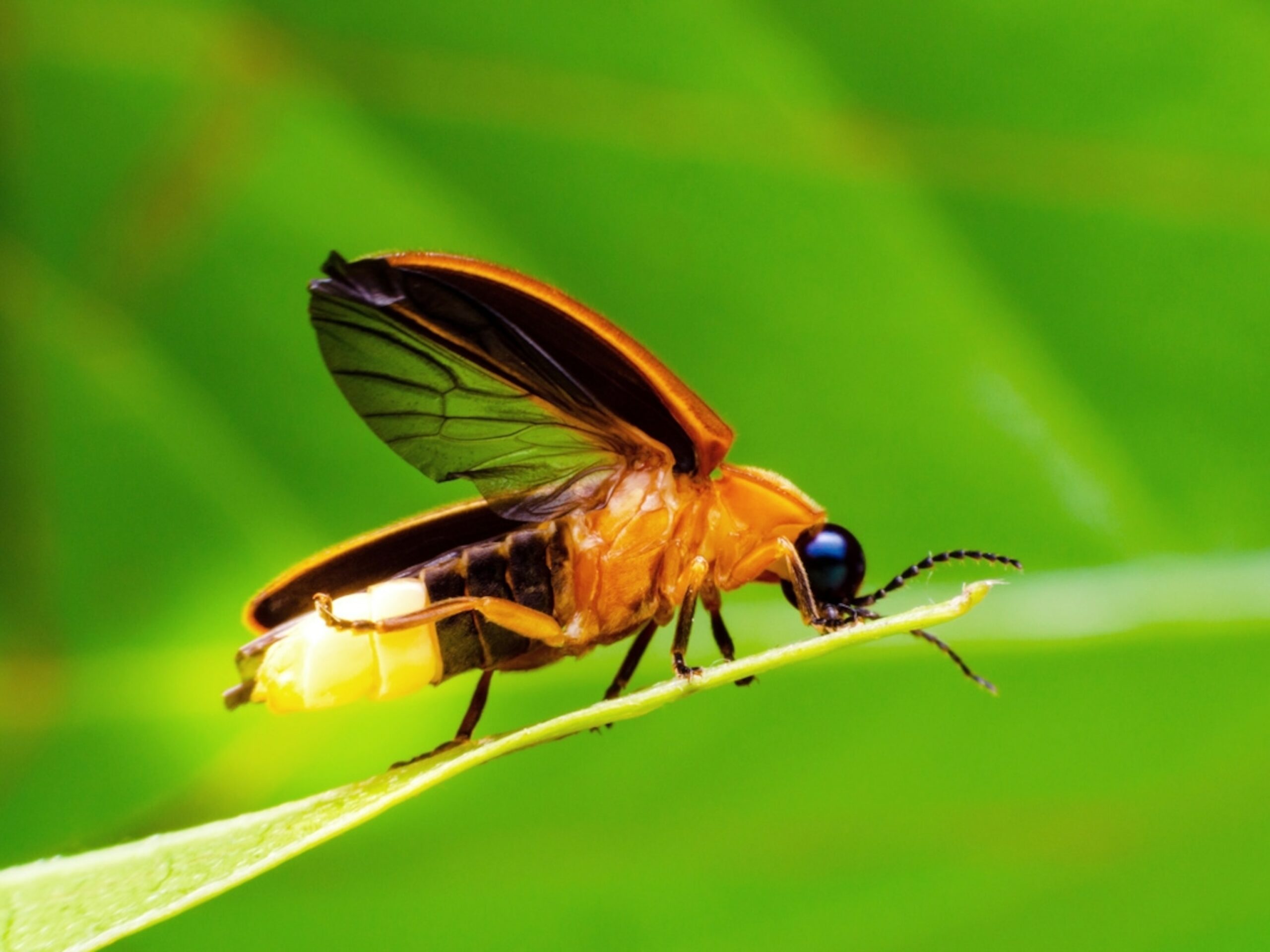More than 20 species of fireflies can be found in Illinois

JACKSONVILLE — One of the most exciting times of the year is the first appearance of small flashing yellow lights in the evenings. The arrival of fireflies or lightning bugs is a sure sign that summer has arrived. Fireflies are one of the few insects that people don’t actively try to kill. However, in many places, people are noticing fewer of them than in the past.
Despite their common name, these insects are neither flies nor bugs but rather beetles in the family Lampyridae, which means “shining fire.” There are over 2,000 species of fireflies worldwide, and more than 20 species can be found in Illinois.
Lifecycle
Fireflies spend most of their lives as larvae (two or more years in colder northern climates). Eggs are laid in the ground, leaf litter, and other moist places. Larval fireflies are predators and feed on worms, snails, slugs, caterpillars, and other small critters in the soil. Fireflies will overwinter as larvae, typically in the soil. When spring returns, they resume feeding before pupating. Eventually, adults will emerge and mate. Adults will live for a few weeks.
How and why do they glow?
All fireflies are bioluminescent, meaning they can produce and emit light. While typically the light is associate this with adults, not all adult fireflies produce light. Some species fly during the day and don’t produce light. However, all larval fireflies are bioluminescent. Most, if not all, species of fireflies’ eggs also produce a faint light.
It is believed that larval fireflies first began producing light to warn predators they were toxic and distasteful. Eventually, adults of many species evolved to produce light to be able to attract mates. The flashing lights you see at night are the courtship displays of fireflies.
Male fireflies will fly and emit a flash pattern that is unique to each species. The females, which are typically on the ground, will flash back if she finds the male suitable. You can use the male flash pattern to identify firefly species.
The light fireflies produce is considered cold because very little heat is produced. To produce light, an enzyme called luciferase combines with luciferin in the presence of magnesium ions, ATP, and oxygen. When all of these are mixed together, light is produced.
Threats to fireflies and ways to help
There are a variety of threats that fireflies face, with habitat degradation and loss, light pollution, and pesticide use being the main threats.
To help fireflies flourish provide a habitat for fireflies by letting parts of your landscape ‘go wild.’ Mow less frequently and leave some leaves in the fall, which can help retain moisture and attract potential food sources for fireflies. Also, avoid disturbing the ground in this area. Fireflies spend the majority of their lives in or on the soil surface
Reduce your use of pesticides and only use when necessary. This is particularly important when it comes to slugs and snails, one of their main food sources.
Reduce or eliminate unnecessary outdoor lighting, particularly when fireflies are active. Use red bulbs when possible; fireflies don’t see red as well as other colors. Aim lights down towards the ground, not out. Use timers and/or motion sensors if possible.
Good Growing Fact of the Week:
Have you ever caught a firefly and smelled something funny? Fireflies will release chemicals called lucibufagins when threatened. These bitter-tasting chemicals help protect them from predators.
Miss Clipping Out Stories to Save for Later?
Click the Purchase Story button below to order a print of this story. We will print it for you on matte photo paper to keep forever.

